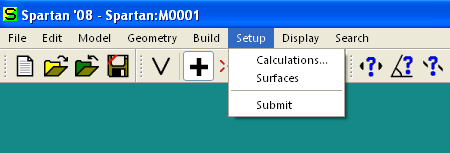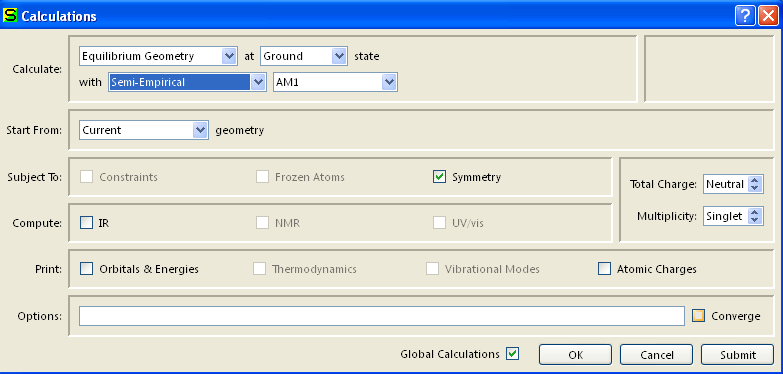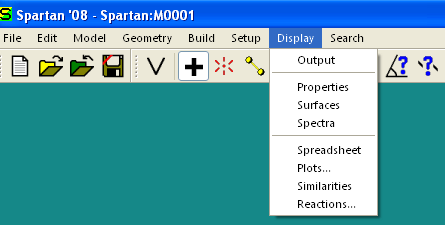
Problem set #2 (Meeting 2)
Announcements
1. You are not allowed to use any readers in the lab starting meeting 2. All information that is needed to carry out the lab should be in your pre-lab report. No exceptions!
2. You will not be permitted to carry out any experiments without proper attire! This means if you do not show up in proper clothing or/and do not wear goggles and a proper length lab coat in the lab, you will be excused from the lab with a zero score (lab performance and quiz!) for this lab the first time (this means that you still will have to make up the lab later on without getting any credit for it!). The second time, the consequences will be more severe i.e. dismissal from the course for not following the safety protocol. CAL OSHA and similar offices have been inspecting the department a lot recently and have passed out very heavy fines (i.e. not wearing a lab coat or goggles costs more than $1000 which will come out of your bar account if you are caught by them!).
3. The IR assignment for this quarter is posted (link). The assignment is due by August 20, 2010 at 5:00 pm in the instructor's office in YH 3077E. Late assignments will not receive any credit. Assignments submitted via email will not be accepted either. If you are not on campus on Friday, you will have to submit the assignment early. So please plan accordingly.
4. Make sure that you have access to the online quiz system as soon as possible. If not, inform the instructor asap. This system is independently operated from URSA, which means that even if you are enrolled in the course, you might not be in the database for the quiz system.
ATTN: answers to the below questions are due at the start of meeting 2; these answers should be part of your pre-lab write-up. Show pertinent equations where appropriate.
1. Referring to the benzoin condensation, answer the following questions.
a. The procedure emphasizes to dissolve thiamine hydrochloride in water first before adding 95% ethanol to the solution. Rationalize this approach.
b. Next, sodium hydroxide solution is added to the mixture formed in a.. Show a balanced chemical equation for the reaction.What should the student observe here?
c. As the student opens the bottle with benzaldehyde, he notices a lot of crystals on the bottom of the bottle. Rationalize this observation. How should the student proceed?
d. The procedure also emphasizes to seal the Erlenmeyer flask very well before storing it. Explain why.
e. After a day he returns to check on the progress of the reaction. Unfortunately, no crystals formed up to this point. What can he do to assist the reaction at this point?
f. A student starts with 0.30 g of thiamine hydrochloride and 2.0 mL of 0.10 N sodium hydroxide solution. Afterwards, he adds 2.5 mL of benzaldehyde to the solution. After the work-up, he isolates 1.95 g of white crystals. Determine the yield for the reaction. Show your calculations.
2. Vacuum filtration (will not be active before 8/4/2010 due to enrollment issues)
Please watch the following video (MP4-format) and read the appropriate chapter in the "Survival Kit Reader". Then take the quiz below.
Online Quiz
http://bacher.chem.ucla.edu/TakeQuiz/?id=c9f0f895fb98ab9159f51fd0297e236d
In order to take the quiz, you have to go through a UCLA ICP address. This means that you either have to use your Bruin-Online account or go through the VPN (Vitual Private Network, software can be found here: http://www.bol.ucla.edu/services/vpn/) to have this UCLA ICP address.
To log in, use your last name and your student ID. If you are experiencing problems, contact the instructor via email and include your full name (indicated which one is your last name), your student ID, section and TA. (Hint: Think very careful about each response since many of the questions have more than one answer to them! Many students come up with the most obvious one and miss some of the details which leads to a zero score for the question!) Even though you can take the quiz until one hour prior to meeting 2 of your section, you should not delay taking it since there might be some problems with the server or the login. There seem to be problems with MAC systems, the Safari Browser and the Google Chrome Browser. The best is using IE 7.0 or Firefox. After you submit the answers, your score has to appear on your screen. If this does not happen, you will have to retake the quiz. (There will not be any possibility to retake the quiz weeks later since you are supposed to show preparedness at the point in time when you enter the lab!). The quiz is worth 10 points.
3. Referring to the elimination reaction, answer the following questions.
a. What is the function of conconcentrated phosphoric acid in the experiment?
b. Why is it important that the first distillation is performed slowly? What is exactly distilled here?
c. Why is the remaining liquid in the conical vial often times very intensely colored?
d. During the work-up, saturated sodium chloride solution is used. Which purpose does it serve?
e. Why is it not advisable to distill the entire crude during the second distillation?
f. A qualitative test that can be performed to verify the presence of an C-C double bond is the reaction with bromine. Show the pertinent chemical equation (including proper stereochemistry). What does the student observe in this reaction when using cyclohexene and cyclohexanol, respectively?
4. a. Using PC Spartan 2008 (which is only available in the SLC), perform the following calculations for the alkenes: terpinolene, limonene, a-terpinene, isoterpinolene. Make sure that all hydrogen atoms are present and there are also no extra ones either.
b. Select Calculations from the Setup menu.

The following window should appear. Select the options shown.

You are going to calculate the energy of the Equilibrium Geometry using Semi-Empirical AM1 method. Verify that the Total Charge is Neutral and Multiplicity is Singlet. Select Submit from Setup menu.
Select Submit from SetupWhen the calculation is completed you will be notified. It should not take more than a couple of seconds for the calculation to complete. Make sure that you have only one window open at this point. The messages are usually displayed in the first window, and often not in the window you are working in at this point.
Under the Display menu, select Properties. Record the value for the Energy.

Data Analysis:
1. Based in the calculated trends in the heat of formation (=energy), which alkene appears to be the most stable based on the calculation? How does this data match with the heats of formation given on page 21 (which are the experimental data)? Can you rationalize the differences?
2. Can you explain the product distribution observed for the elimination of water from a-terpineol (see reader page 21)?
3. Which conclusions can be drawn from this simulation? (Hint: Is the used computer model suitable to predict the outcome of the elimination experiment?)
Problems with calculations: Check here